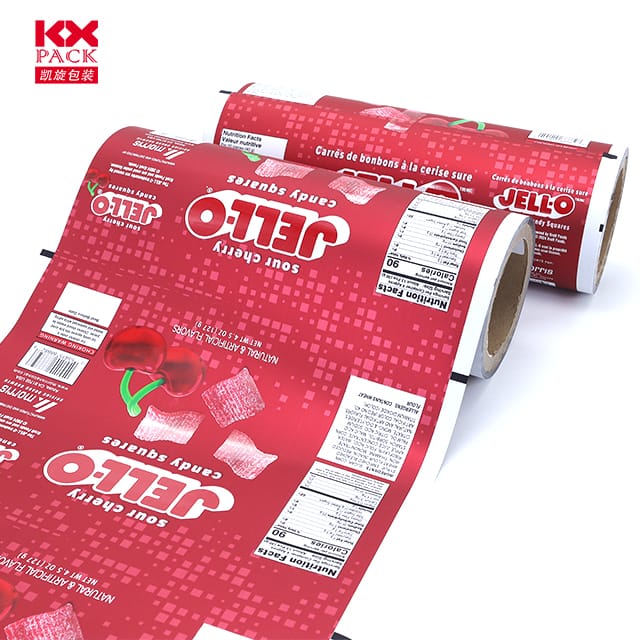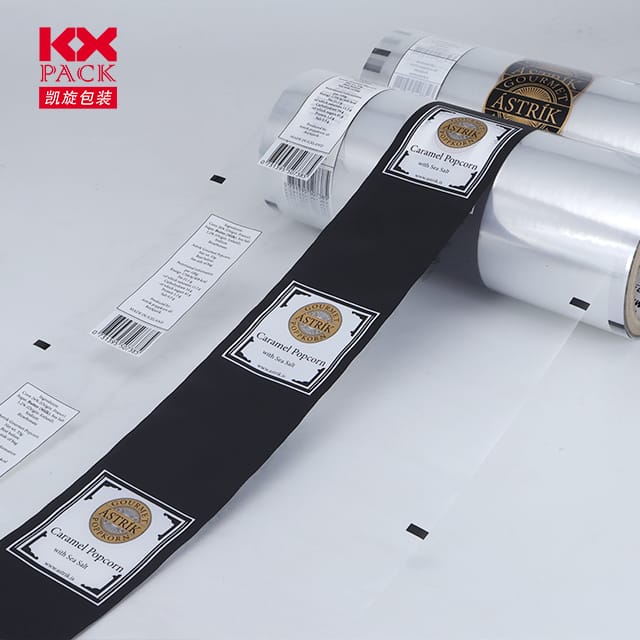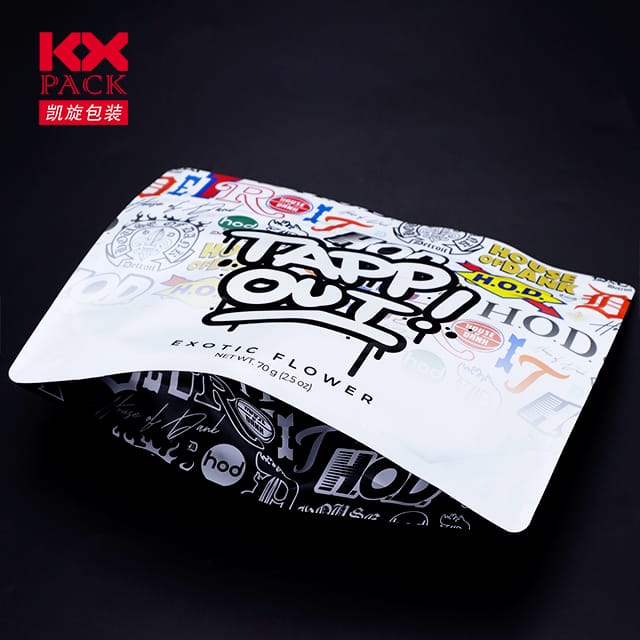Καινοτόμος συσκευασία ταινιών για φαγητό: Διατήρηση της φρεσκάδας και της βιωσιμότητας
Συσκευασία ταινιών
Στον σημερινό γρήγορο κόσμο, Η συσκευασία τροφίμων έχει εξελιχθεί πέρα από τον παραδοσιακό της ρόλο απλώς προστασίας και παρουσίασης προϊόντων. Η σύγχρονη συσκευασία ταινιών για τρόφιμα όχι μόνο εξασφαλίζει την ασφάλεια και τη φρεσκάδα των βρώσιμων μας, αλλά διαδραματίζει επίσης κρίσιμο ρόλο στην προώθηση της βιωσιμότητας και στη μείωση του περιβαλλοντικού αντίκτυπου. Let’s delve into the fascinating world of innovative film packaging for food and explore how it is transforming the industry.
The Evolution of Film Packaging
Film packaging for food has come a long way from simple wrappers and bags made from basic plastics. Σήμερα, we have a wide array of materials and technologies at our disposal, each designed to meet specific needs in terms of shelf life, transportability, and environmental friendliness. Materials like polyethylene (Π.Ε), πολυπροπυλένιο (PP), πολυεστέρας (ΚΑΤΟΙΚΙΔΙΟ ΖΩΟ), and ethylene vinyl alcohol (Εύος) are commonly used, offering a balance between barrier properties, ευκαμψία, and cost-effectiveness.
Διατηρώντας τη φρεσκάδα
One of the primary functions of film packaging is to extend the shelf life of food products by creating a barrier against oxygen, υγρασία, και μολυντές. Modified atmosphere packaging (ΧΑΡΤΗΣ) is a popular technique where the gas composition inside the package is controlled to slow down oxidation and microbial growth. This not only preserves the quality and taste of the food but also reduces the need for preservatives.
Active packaging technologies further enhance freshness by incorporating additional layers or additives that can absorb gases, release antioxidants, or even indicate spoilage through color changes. These intelligent packaging solutions are particularly beneficial for perishable goods like fresh produce, meats, and dairy products.
Promoting Sustainability
Καθώς οι καταναλωτές γίνονται πιο συνειδητοί στο περιβάλλον, the demand for sustainable packaging solutions is growing rapidly. Biodegradable and compostable films made from plant-based materials such as polylactic acid (PLA), Πολυϋδροξυαλκανικά (Pha), and cellulose-based derivatives are gaining traction. These materials offer a reduced carbon footprint compared to conventional plastics, as they decompose naturally after disposal.
Εξάλλου, circular economy principles are being integrated into film packaging design. This involves creating packaging that can be easily recycled or reused, minimizing waste generation. Multi-layer films, για παράδειγμα, are now being engineered to be separable, allowing for efficient recycling of each component material.
Innovations in Film Packaging
The future of film packaging for food is incredibly exciting, with ongoing research and development pushing the boundaries of what’s possible. Nanotechnology, για παράδειγμα, is being explored to create ultra-thin films with enhanced barrier properties, reducing material usage and improving performance. Έξυπνη συσκευασία, incorporating sensors and RFID tags, can monitor the condition of food in real-time, providing consumers with accurate information about freshness and safety.
Edible films and coatings, made from natural ingredients like gelatin, κυτταρίνη, and wax, are another innovative approach. These films not only protect food but can also add nutritional value or enhance the sensory experience.
συμπέρασμα
The evolution of film packaging for food reflects a commitment to innovation, βιότης, and consumer well-being. By continuously advancing materials, τεχνολογίες, and design strategies, the industry is addressing the challenges of food preservation, waste reduction, and environmental protection. As we move towards a more conscious and sustainable future, the role of film packaging in ensuring the safety, ποιότητα, and appeal of our food will become even more critical. Stay tuned for the next wave of innovations that will continue to shape the future of food packaging.







